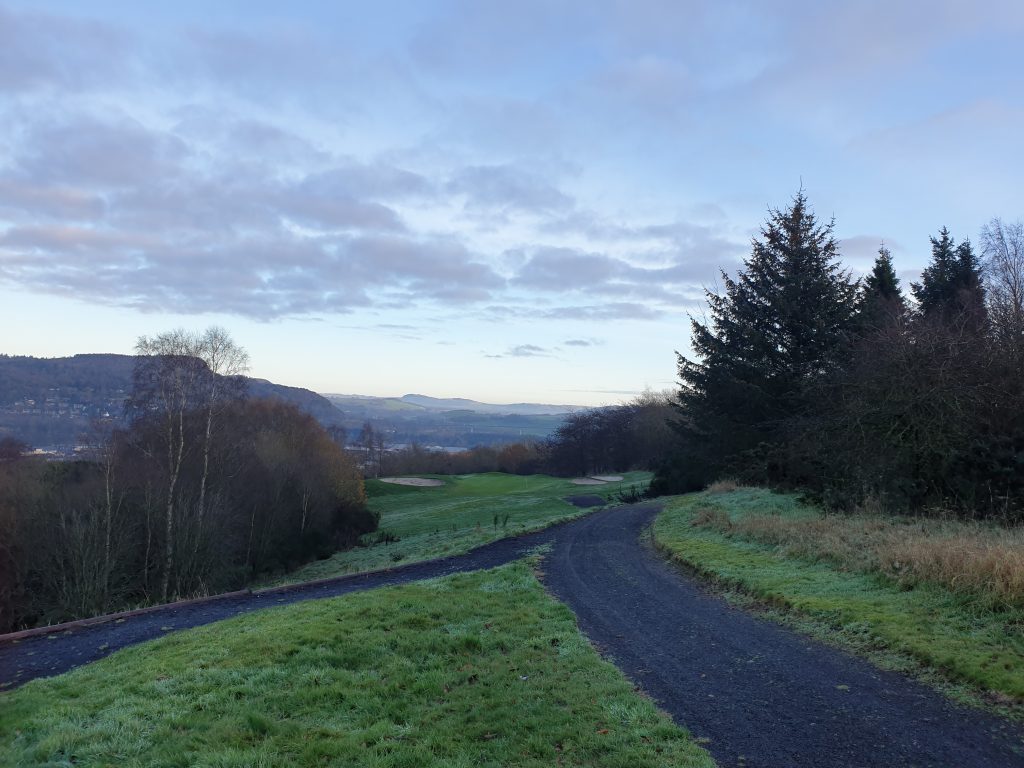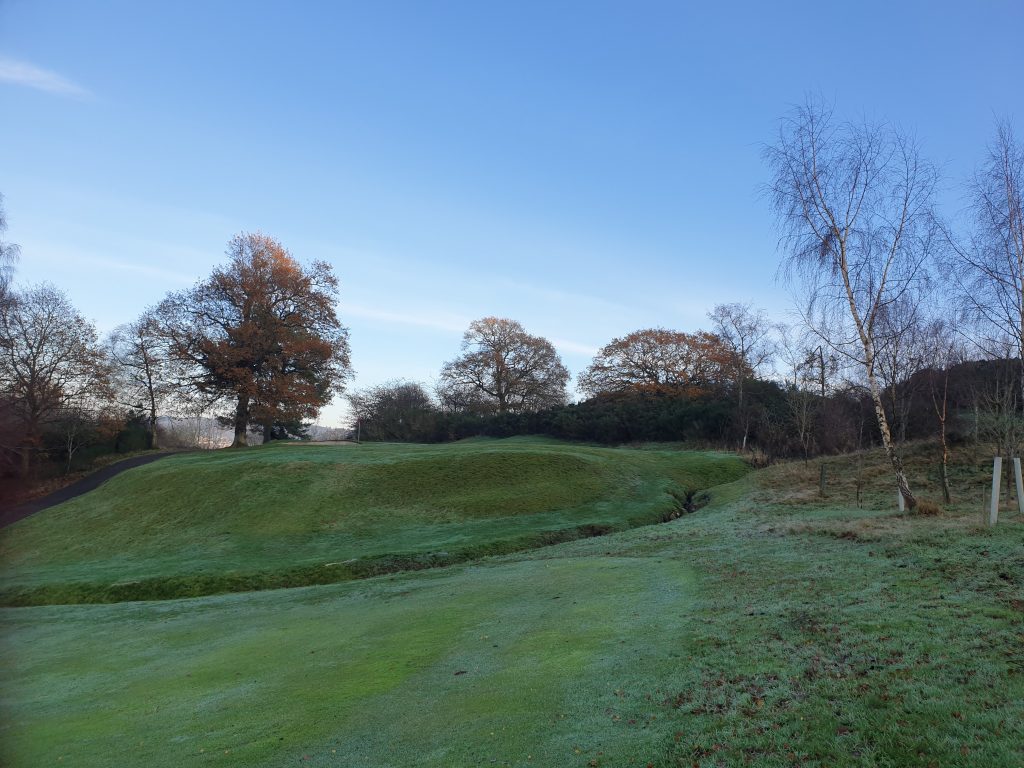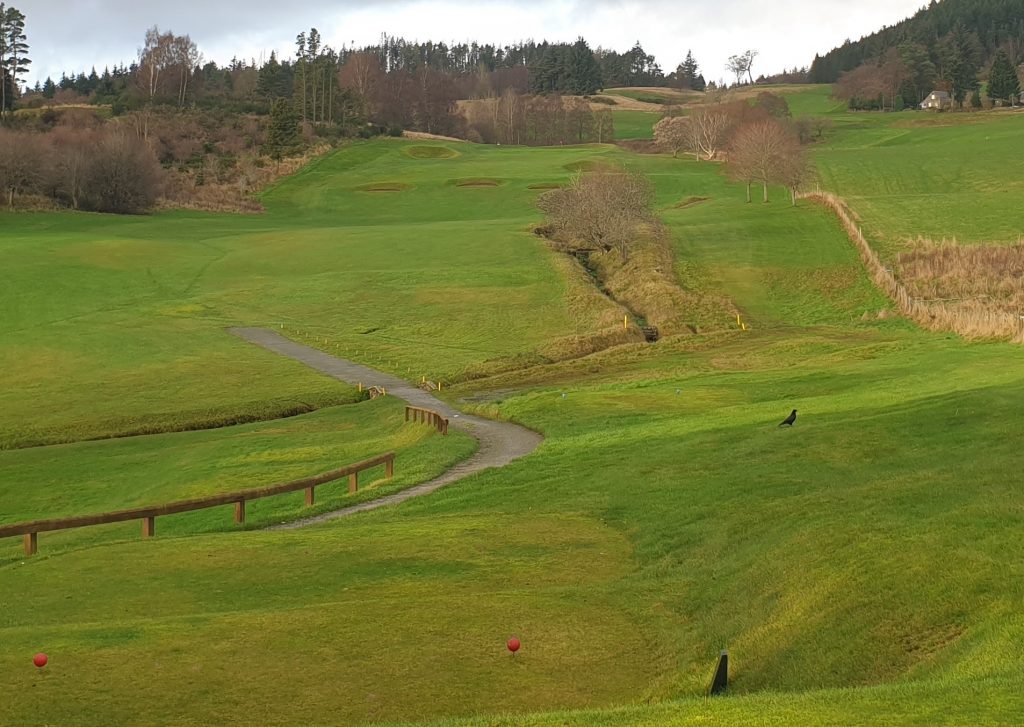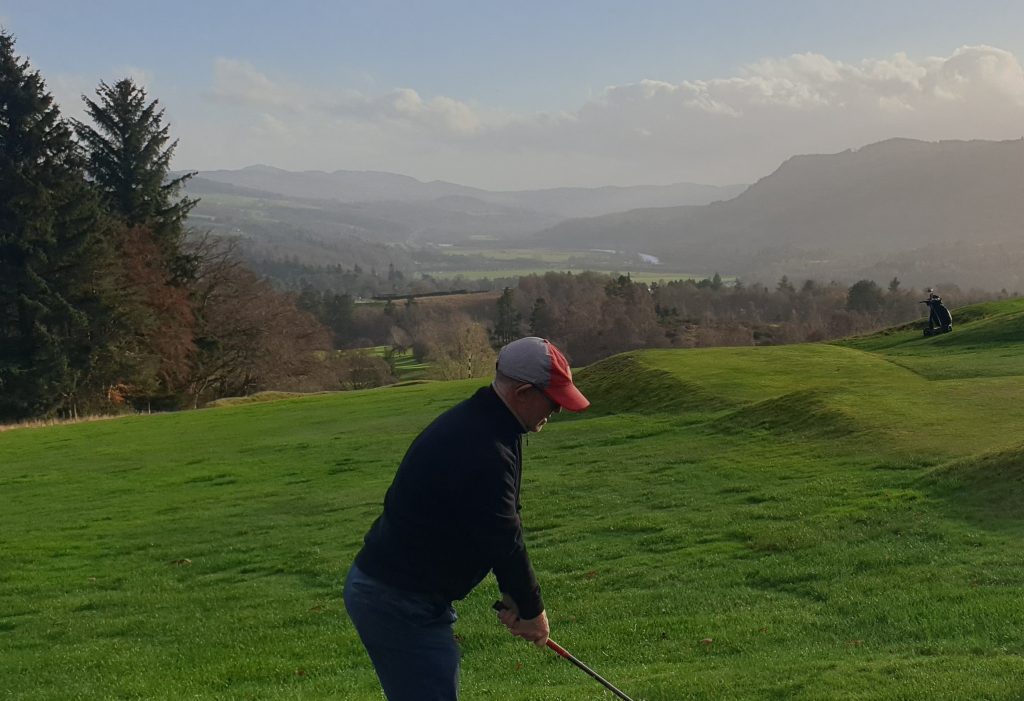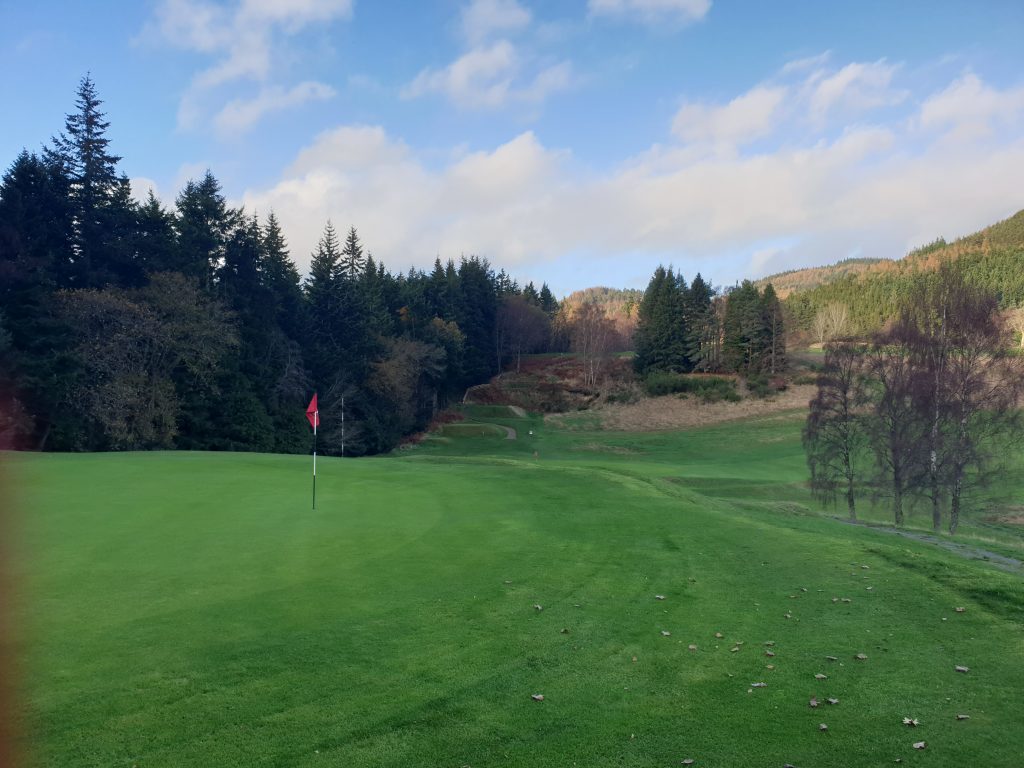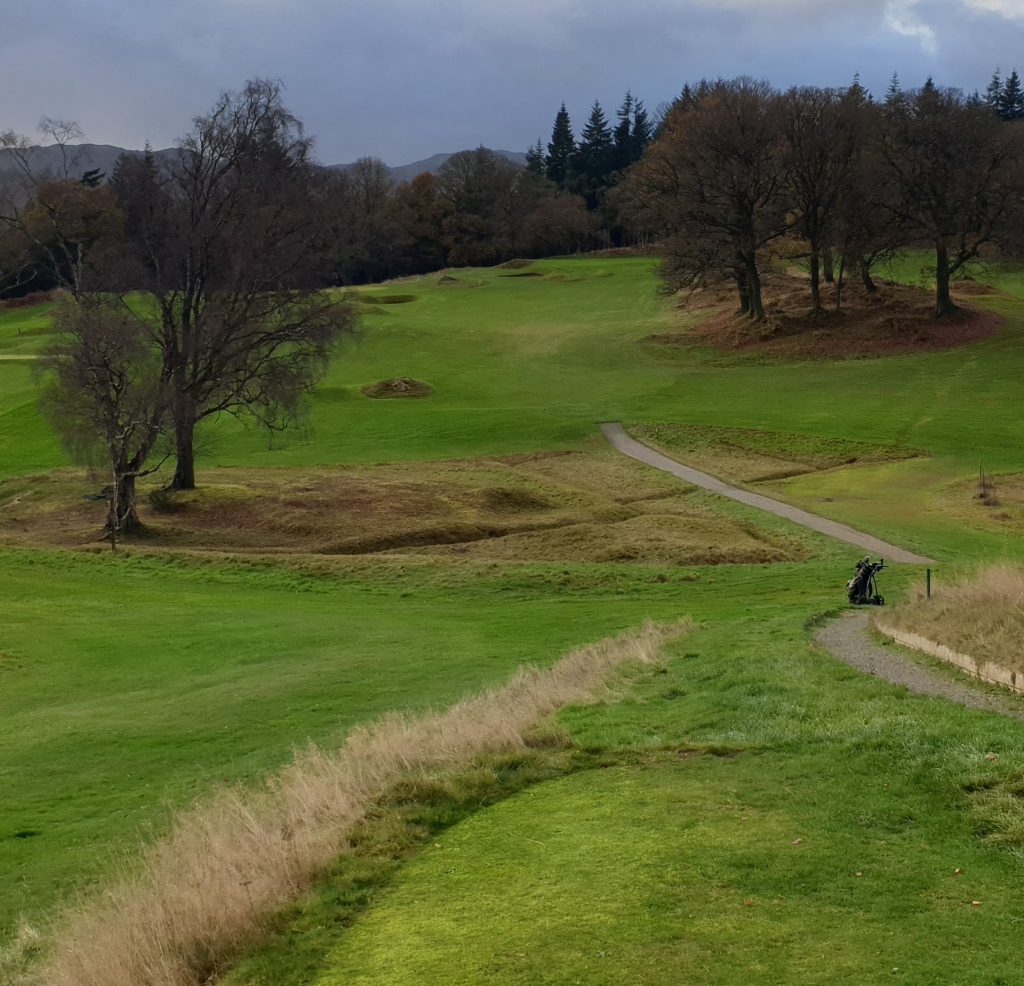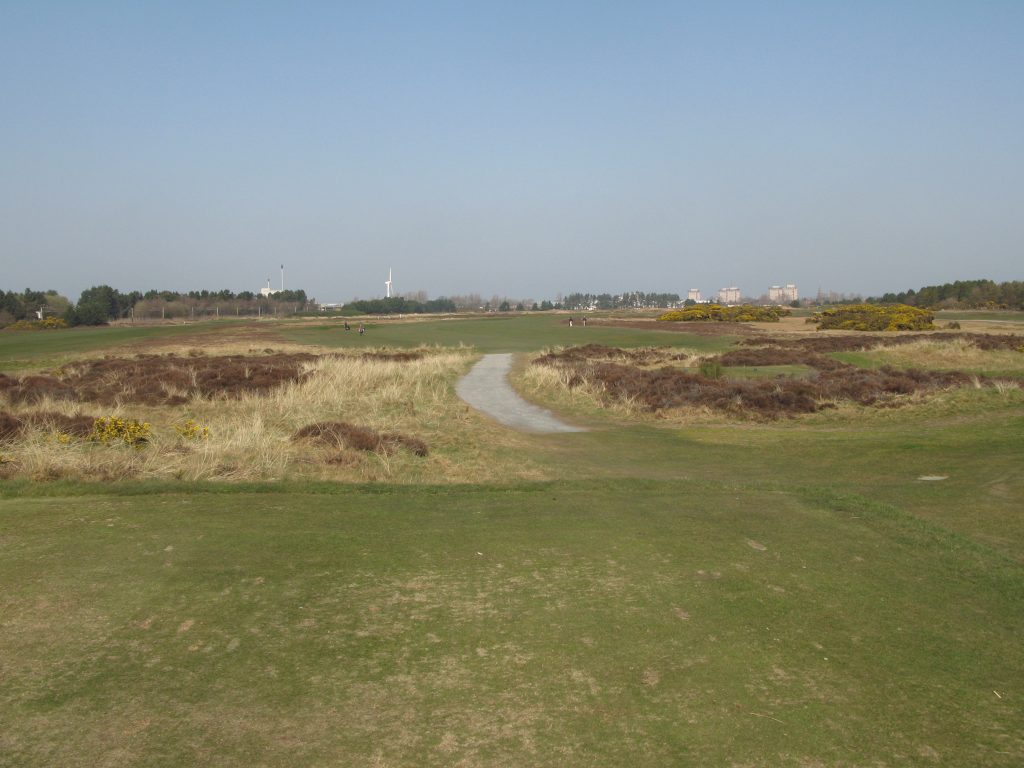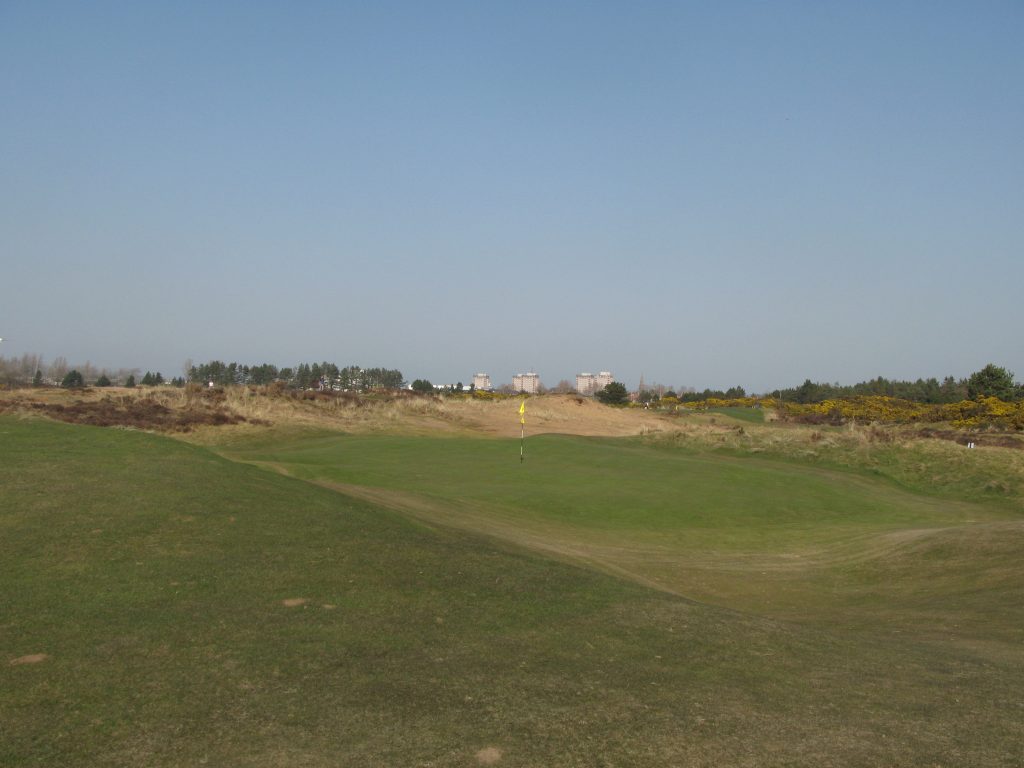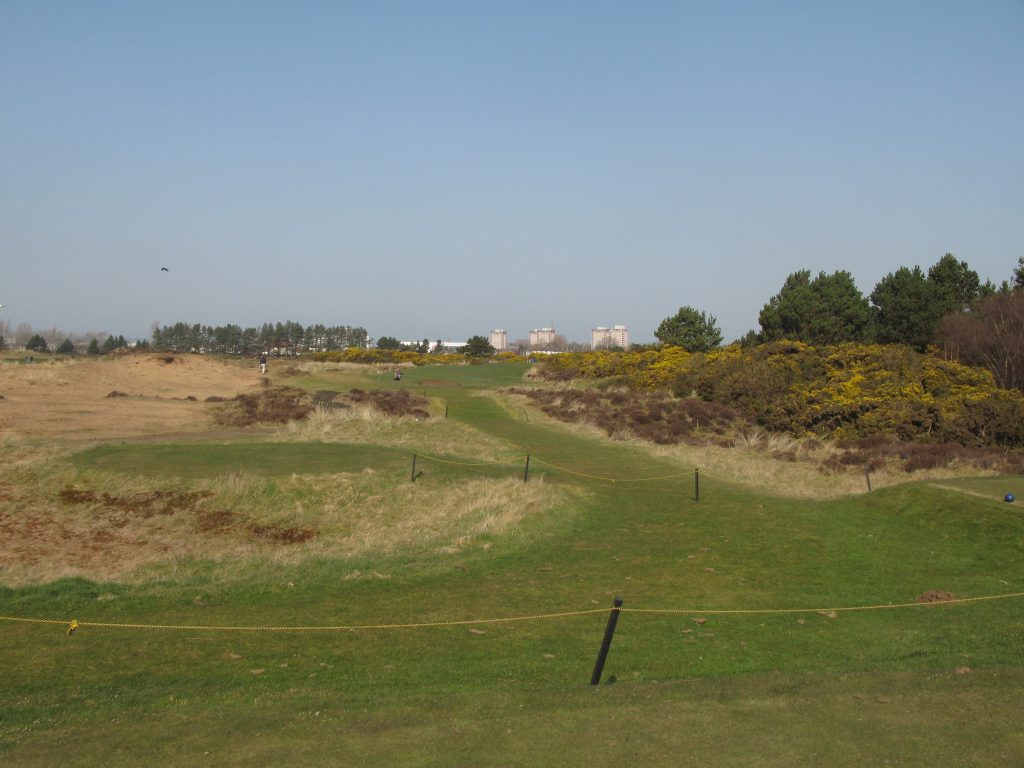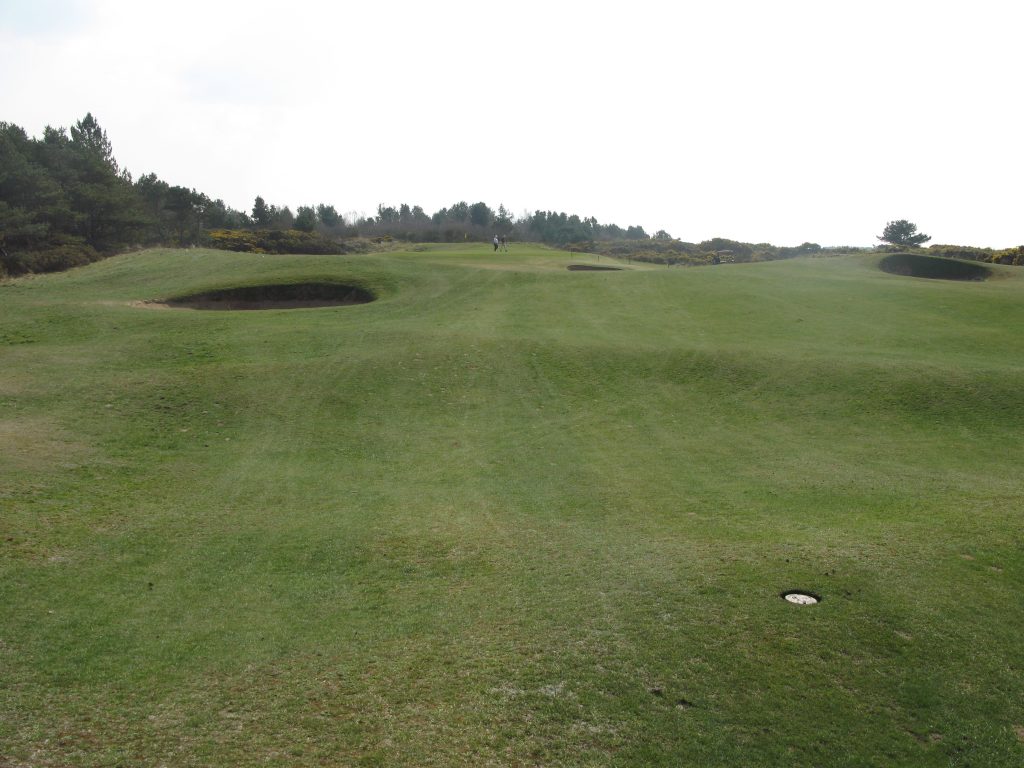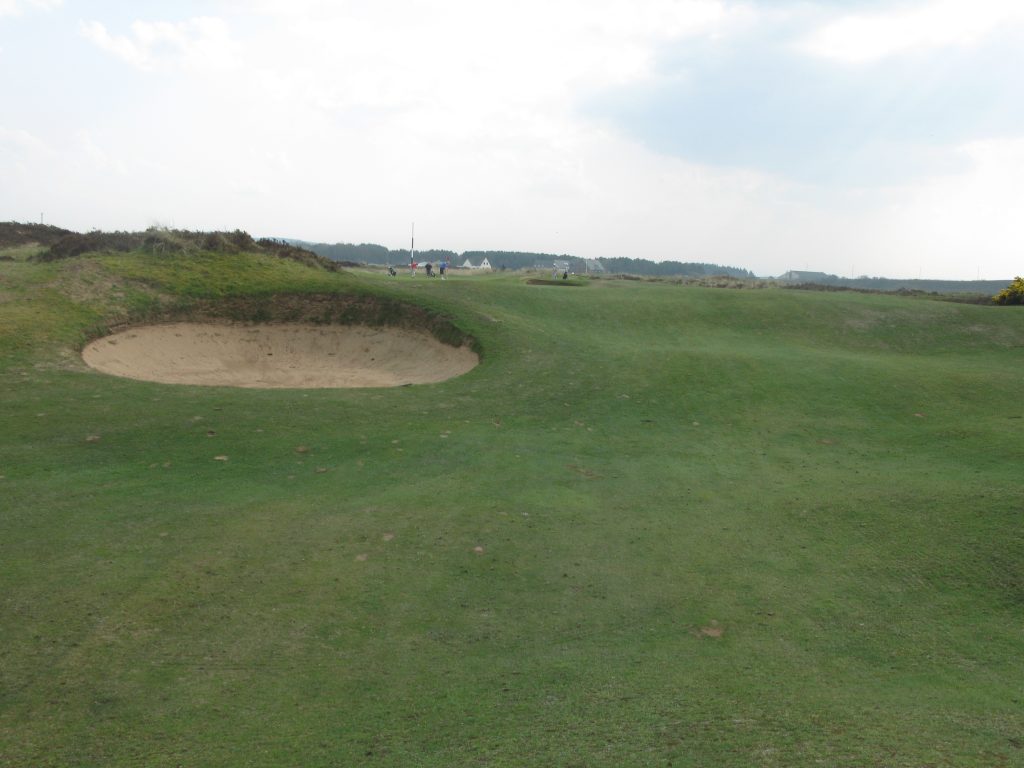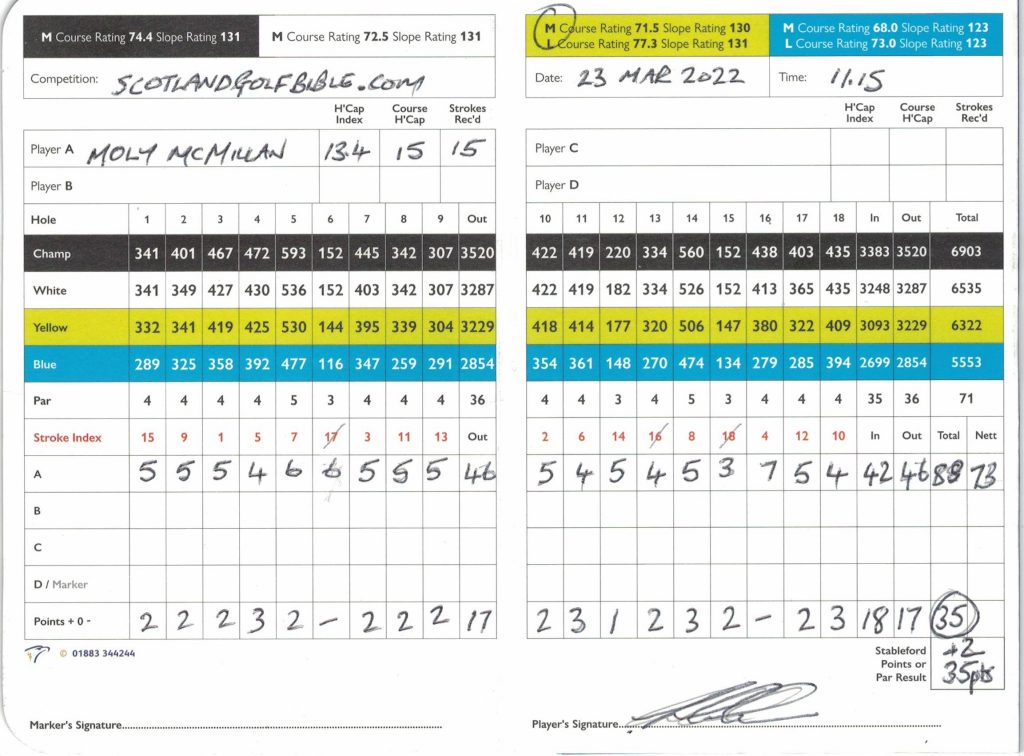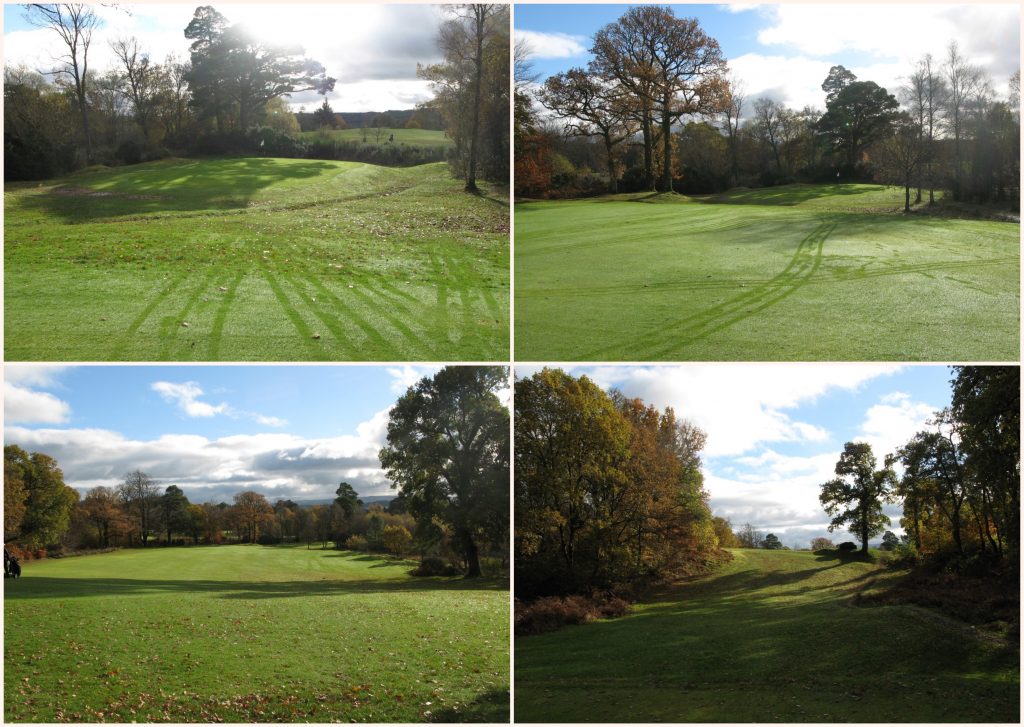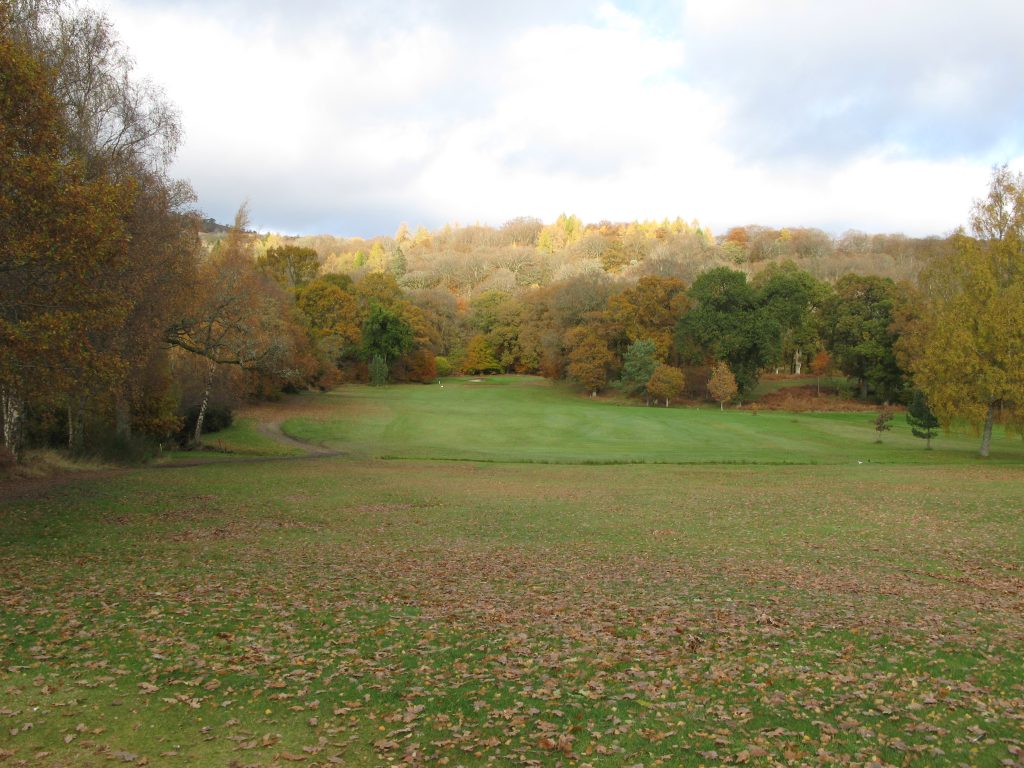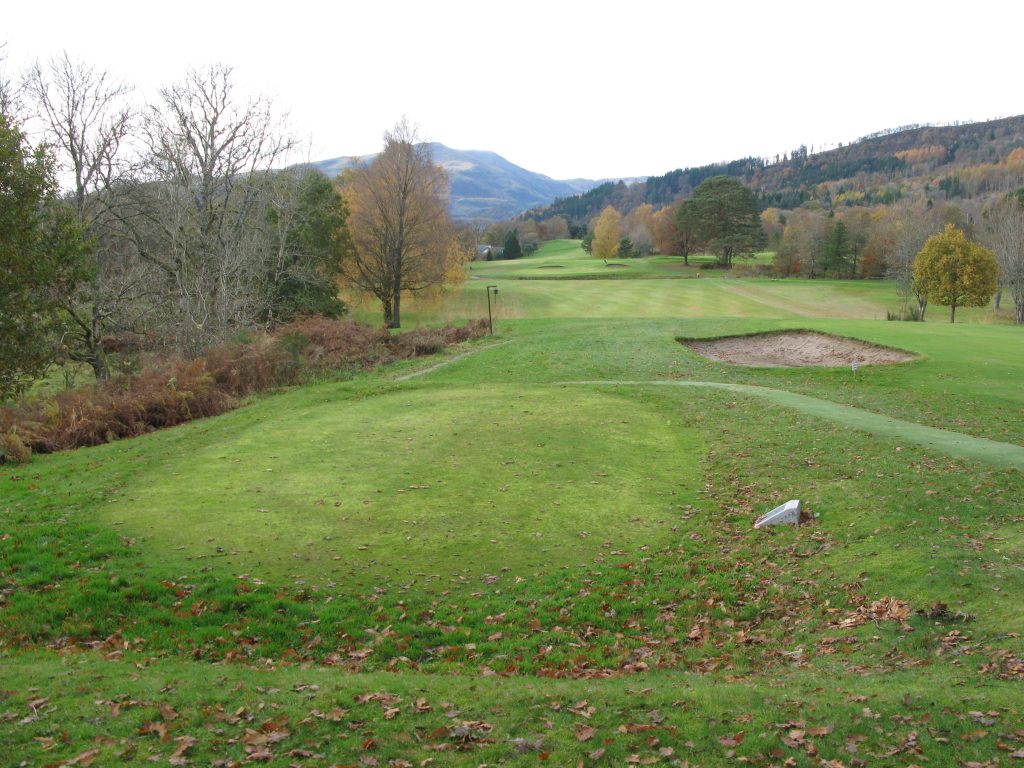The “Spion Kop”
Value 4/5
Most golfers don’t know the hole names on their own course, yet would instantly know the locations of “Road Hole”, “Hogan’s Alley”, “Postage Stamp” or “Golden Bell”. Some stretches of holes become famous, such as “Amen Corner”.
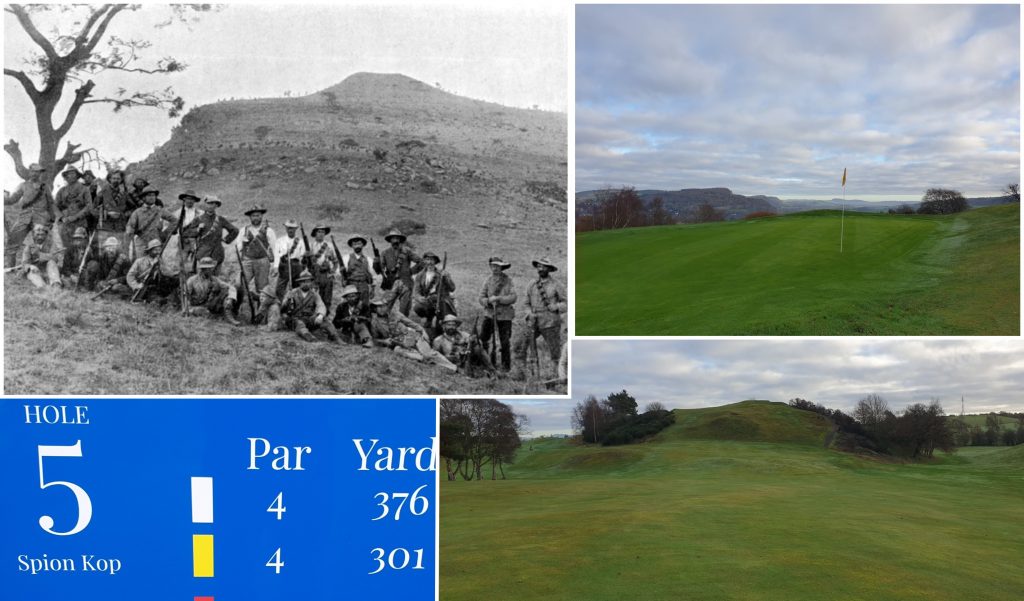
As a carry bag player, the hole name “Spion Kop” fills me with dread and Craigie Hill’s 5th hole was no exception. It is a worthy candidate for the toughest “Spion Kop” in Scotland.

“Spioenkop”, means ‘lookout hill’ in Afrikaans/Dutch, and became famous after the Boer War battle of the same name at the dawn of the twentieth century. “Spion Kop” has become a commemorative name for steep standing terraces in many football stadiums in the UK. It is also a common name for several Scottish holes (Edzell 16th, Traigh 2nd and Strathtay’s 5th) in memory of the Scots who fought at Spioenkop.
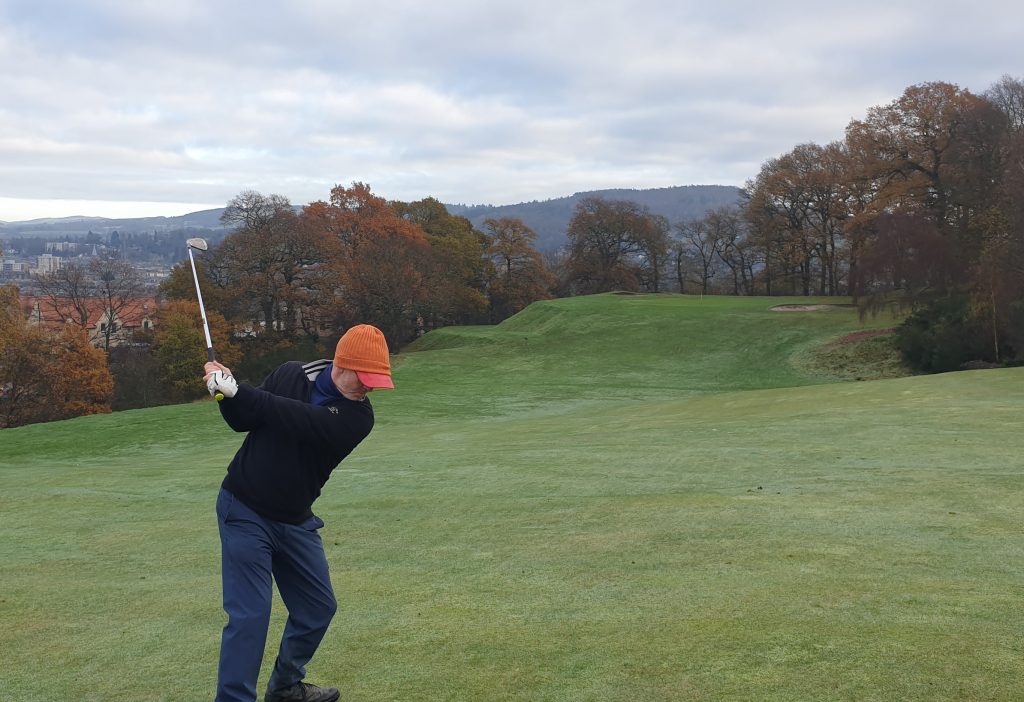
Craigie Hill was founded in 1911 and well designed by two of the best architects of its day, Willie Fernie and Joe Anderson. It sits on the south of Perth and is the course seen from the M90 which bypasses Perth. Like many readers, I’ve seen this course hundreds of times as I’ve driven past over the years.
Craigie Hill is a tough trek and therein lies one of the big challenges for such clubs. The aging golfing population (the average age of Scotland’s club members in 2020 was 55 years old) means that physically demanding courses will struggle to attract older people and societies. Although a very nice course and attractively priced, I was advised that the membership was in decline (around 200) and the course would likely “reduce to 9 holes within three years”. The state of the buildings were also run down.
The course had several holes where it was necessary to carry over long gulleys. Again, I imaging this also a struggle for golfers without a long carry in their armoury and has likely contributed to the declining membership.
The undulations of the course though meant that drainage was very good with the greens in decent shape for the time of year. Unfortunately, all bunkers were “GUR”. The all round fairway condition was excellent. I can well imagine this being a spectacular place to play on a mid summer evening.
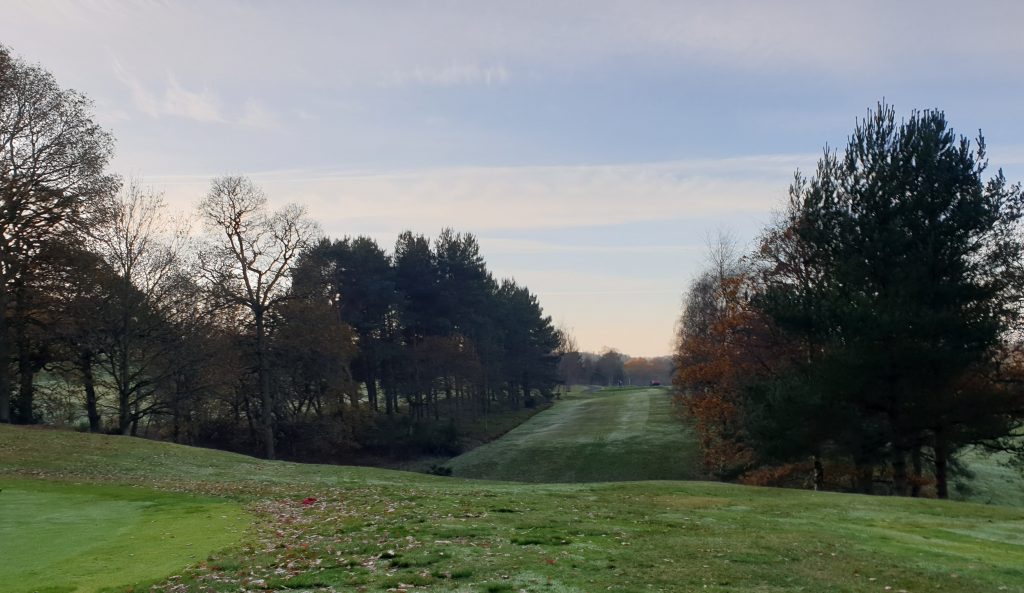
We payed only £10 for a winter round, albeit we couldn’t access the clubhouse and no score cards were available, luckily a local member had a spare card and was very helpful to Fran and I.
The Club website says its “dog friendly”. That was certainly true, as one of the greenkeepers dogs ran off with my ball!
For the record, I managed a par on the “Spion Kop”.
Facts:
Round List Price £30. Actual Paid £10.
Course/Slope Rating (yellow) 118/65.7.
Course Type: Parkland
Par 67 (13 par 4s, 5 par 3s)
Distance (blue): 5131 yards

